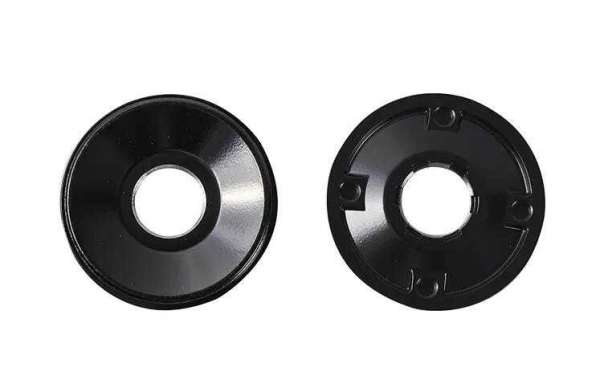Sintering uses pressure and heat to form a metal powder material into an 80-95% solid mass without completely melting the metal. As the metal particles are pressed together, they begin to bind the irregular particles together, forming a "green" compact. These compacted interconnected particles are then sintered to fuse the particles together, imparting strength to the part. The powder metallurgy process is capable of producing small net shape metal powder parts with complex geometries while producing very little scrap. The characteristics of different metal powder raw materials are different. Here we will introduce the advantages of stainless steel metal powder parts.
Steel alloys with more than 10.5% chromium are considered stainless steel. As one of the most widely used materials, stainless steel is a commonly used base metal for powder metal processing. The material has a number of properties that make it ideal for producing powdered micro parts. Powder stainless steel is available in a variety of 300 series and 400 series grades.
Some beneficial properties of powdered stainless steel include:
- Corrosion resistance: The chromium in the stainless steel alloy reacts with oxygen to form a protective film on the metal surface to prevent corrosion elements.
- Improve strength: Stainless steel has good strength and can support considerable weight.
- Durability: The high corrosion resistance, excellent strength, and wide temperature range of stainless steel make it very durable in a wide range of environments.
- Highly recyclable: As a 100% recyclable material, stainless steel is the most recycled material in the world. Demand is still high enough to outstrip the supply of recycled materials, but about 60 percent of new stainless steel is made from recycled materials.
- Wide temperature range: The functional temperature range of stainless steel varies depending on the specific alloy. Some austenitic alloys for natural gas applications perform well at temperatures as low as -161°C. Many common grades of stainless steel retain their oxidation resistance up to 870°C, while some specialty alloys can withstand higher temperatures.
NingBo GSK Powder Metallurgy Co., Ltd. is a CNC machining auto parts supplier, specializing in various MIM-Metal Injection Molding Parts, like powder metal pulley.








